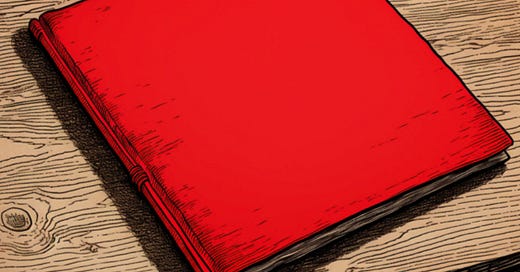Hello comrades, today I’m going to share a few strange and humorous anecdotes from the vaults of the People’s Archive. Communist history is often bleak and dismal, but it’s the weekend, so I’ve decided to share moments so bizarre, so unreal, they are sure to lighten your day and give you something to share with your friends.
We begin with a story that illustrates the unexpected and profound consequences of narrow-minded communist policies, and the general problem of communism’s tendency to over-control and micromanage things that are best left alone.
The Great Sparrow Campaign
In China, one of the first actions taken during the Great Leap Forward from 1958 to 1962 was the Great Sparrow Campaign, also known as the Four Pests Campaign. The pests in question were rats, flies, mosquitoes and sparrows—especially the Eurasian tree sparrow, which fed on grain. Beijing initiated a mass mobilization to exterminate these feathered friends. People banged pots and pans to scare the birds, preventing them from landing so that they would die from exhaustion. Folks destroyed their nests, broke their eggs and killed their fledglings. The campaign was a success. The sparrow population was severely crushed. As a result, there were few sparrows left the following year to eat the locusts and entire crops fell victim to massive locust swarms. Realizing its mistake, the government later edited the list to replace sparrows with bed bugs.
Albania’s Bunker Mania
Once upon a time in the land of the eagles, a man named Enver Hoxha ruled with a paranoid passion. Fearing invisible enemies, Hoxha ordered the construction of bunkers. But the more bunkers he built, the more fearful he grew. So he built more and more. Overall, the construction lasted three decades, starting from the 1960s. In the end, Hoxha build a staggering 173,000 bunkers. There were bunkers in the cities, the mountains, even along the beaches. Most never saw any use. To this day, they dot the Albanian landscape, mute witnesses to the mythic proportions of one’s man fear.
Stalin’s Blind Limo
Joseph Stalin was famously paranoid about assassination attempts. In fact, his ZIS-115 limousine was specially designed to be bulletproof. The armored vehicle was derived from the ZIS-110, a luxury car made by the Moscow-based Zavod Imeni Stalina (ZIS), or “Stalin Factory.” Only about a few dozen of the 115 were ever made. The problem is, the windows had to be bulletproof too, of course, so they were made so incredibly thick that you couldn’t see out of them. Therefore, to make certain turns or reverse, Stalin’s drivers had to get out of the vehicle, defeating the entire purpose, or use guidance from someone standing outside. Basically, it was a blind limo. Because safety first, right?
East Germany’s Coffee Crisis
The black frost of 1975 led to a devastating harvest failure of coffee beans in Brazil, causing the price of coffee to double. This led to a massive shortage of coffee in East Germany so the German Democratic Republic devised a singularly communist solution. It introduced a synthetic coffee substitute called Mischkaffee, or mixed coffee, which was only about 50% coffee. Another main ingredient was pea flour, but pea flour contains proteins that swell under heat and pressure, which clogged coffee-machine filters. So you had a pea-flavored coffee that turned to mud and clogged machines. East Germans hated it. The Stasi, or East German secret police, of course, monitored anyone who complained about the communist sludge.
Castro’s Ice Cold War
Fidel Castro was crazy about ice cream. His favorite flavor was reportedly chocolate and his affection for the dessert led to the creation of Coppelia, Havana’s state-run ice cream parlor, which at its peak could serve more than 30,000 customers a day. Legend says after the US embargo limited Cuba’s access to American dairy products, Castro was so upset he set out to create a Cuban dairy industry to rival that of the US, breeding dairy cows and developing new farming technologies. The main Coppelia parlor, located in the Vedado district, was created by architect Mario Girona and is shaped like a UFO. It famously offers up to 26 flavors, though recent economic challenges have forced the parlor to cut back. Traditionally, Coppelia was a major gathering point in the city. People sometimes waited for hours to get a scoop, and the long waits became part of the experience, with folks from all walks of life mingling as they stood in line.







